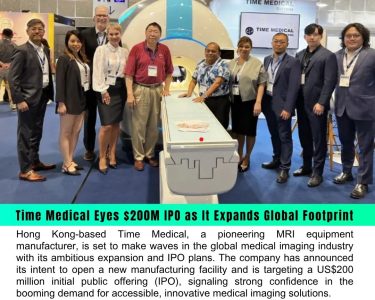Taiwan Semiconductor Manufacturing Company (TSMC), the world’s largest contract chipmaker, has projected steady growth for 2025, fueled by its continued investment in cutting-edge semiconductor technologies. The company anticipates that advanced technologies will contribute up to 80% of its total wafer revenue in the coming year, signaling a major shift toward more complex and higher-margin products.
Leading the Global Semiconductor Industry
TSMC has long been a critical player in the global semiconductor supply chain, producing chips for tech giants like Apple, NVIDIA, AMD, and Qualcomm. With the demand for powerful processors continuing to surge—driven by innovations in artificial intelligence (AI), 5G, high-performance computing (HPC), and automotive technologies—TSMC is uniquely positioned to benefit.
In its latest outlook, TSMC emphasized that its advanced nodes, particularly those at 3nm and 5nm, are expected to drive the bulk of its revenue. These cutting-edge technologies are increasingly being adopted in flagship smartphones, AI accelerators, and cloud data centers, where efficiency, performance, and miniaturization are paramount.
Advanced Technology as the Growth Engine
According to the company, advanced technologies—defined as process nodes of 7nm and below—are forecast to contribute around 80% of TSMC’s wafer revenue by 2025, up from an already significant share in 2024. This strong performance is attributed to the aggressive scaling of its 3nm node, with volume production ramping steadily to meet customer demand.
TSMC’s N3 and N3E technologies have already been integrated into major product lines for several high-profile customers. Additionally, the company is preparing to begin risk production of its 2nm node by late 2025, which is expected to offer significant power efficiency and performance improvements.
AI and HPC: Key Growth Drivers
A major contributor to TSMC’s optimistic forecast is the AI boom. As generative AI models and large language models (LLMs) demand increasingly sophisticated hardware, TSMC’s leading-edge process nodes are the go-to choice for designing the chips that power this new generation of computing.
Moreover, high-performance computing (HPC) applications—including cloud infrastructure, data centers, and scientific computing—are also seeing unprecedented demand, pushing TSMC to continuously enhance its capabilities.
Commitment to Capacity Expansion
To meet rising demand, TSMC is continuing its global expansion strategy. The company is actively building new fabrication plants in Arizona (USA), Kumamoto (Japan), and Dresden (Germany) to diversify its supply chain and enhance global production capacity. These fabs are expected to begin production in phases starting from late 2024 through 2026.
The move not only strengthens TSMC’s global footprint but also secures supply for its multinational clients amid ongoing geopolitical tensions and supply chain disruptions.
Conclusion
With advanced semiconductor technologies poised to dominate its revenue mix, TSMC is set for a strong 2025, reflecting both strategic foresight and technological leadership. By capitalizing on the explosion of AI, HPC, and mobile computing, and by investing in global manufacturing infrastructure, TSMC reaffirms its position at the heart of the digital revolution.
TSMC 2025 forecast, TSMC advanced technologies, 3nm chip production, AI chip manufacturing, semiconductor growth 2025, TSMC wafer revenue, TSMC 2nm node, global chip supply chain, Taiwan Semiconductor Manufacturing Company





